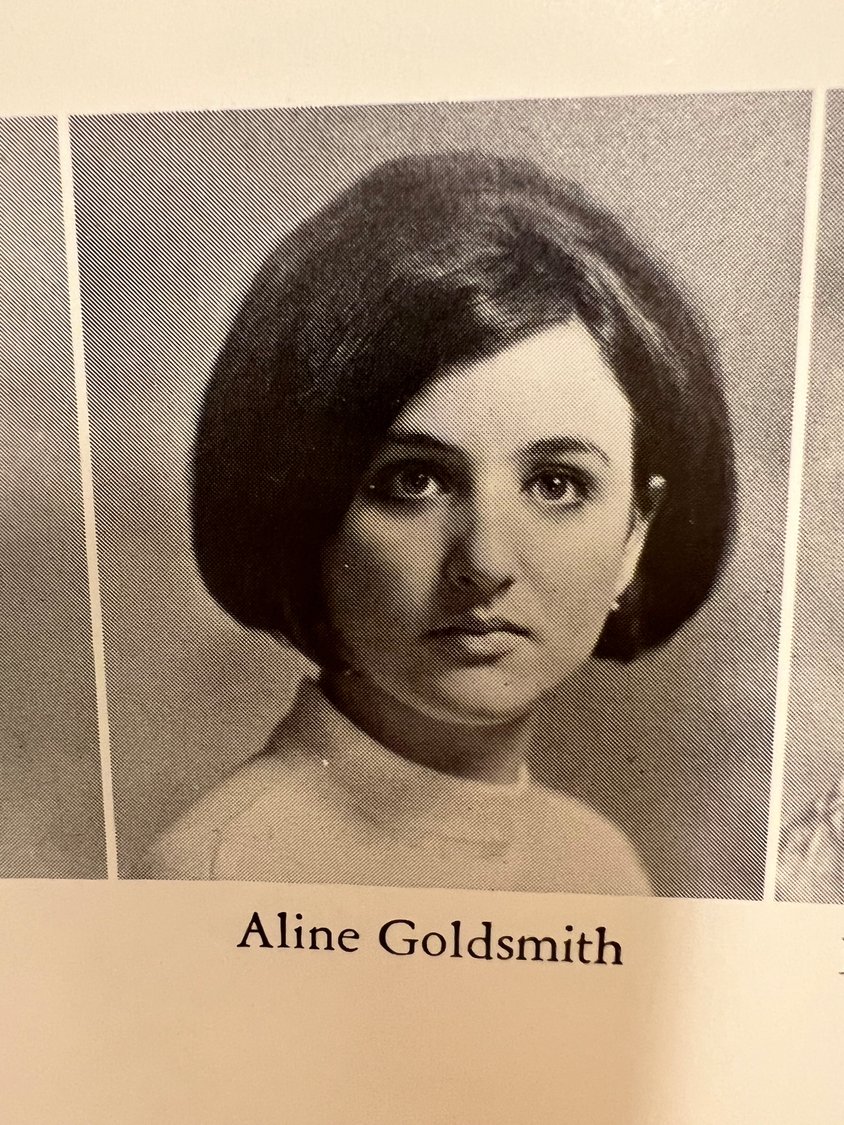Aline Kominsky-Crumb dies at 74
Before she was Aline Kominsky-Crumb, she was Aline Goldsmith, who found love in art by drawing pictures of her classmates in Lawrence High School and then broke ground as a woman in the male-dominated field of comic book writing.
The wife of comix artist Robert Crumb, Kominsky-Crumb, died of pancreatic cancer on Nov. 30. She was 74.
Born in Long Beach on Aug. 1, 1948, she spent her first years in Far Rockaway until her family moved to Woodmere. After graduating from Lawrence High in 1966, she attended the University of Arizona, where she studied painting and married Carl Kominsky two years later. The couple divorced in 1971.
It was in Arizona that she began her interest in the underground comic book scene. “I saw Binky Brown Meets the Holy Virgin Mary by Justin Green,” she said in an interview with The Comics Journal in 1990. “When I saw what he had done with this autobiographical, straightforward, crazy story about everything that happened to him, I started approaching it in this straightforward way, and it was satisfying. I thought, ‘I could do that. That is what I should do.”
She moved San Francisco, intending to pursue her art career. It was there where she met Robert Crumb, an underground comix artist known for his unfiltered work. A mutual friend of the two noticed a resemblance in their work.
Known as “R. Crumb,” Crumb called his work comix because of the unfiltered nature of the art and stories. They two collaborated on projects such as two issues of Dirty Laundry Comics, a comic that recounts life situations involving themselves.
The male-dominated field did not frighten Kominsky Crumb. In 1975, she and Diane Noomin, who she met while contributing issues with the Wimmen’s Comicx, joined forces to create an all-female collection that dealt with female empowerment, sexual politics and topics related to the feminist ideology. The duo then launched their publication, Twisted Sisters.
She and Crumb would marry in 1978 and had one child, Sophie Crumb, born in 1981, who followed her parents’ path and also became a comic artist. The couple moved to France in the 1990s to raise their daughter. Media interest in their marriage heightened after the 1995 documentary “Crumb” was released. The film followed Crumb’s beginnings to become one of the most prominent names in underground art.
In an interview with Artforum, Kominsky-Crumb described her movement from the underground scene to the mainstream. “I chose to do stuff that could be read on a toilet,” she said. “Now, my work is taught at Harvard, and women have written Ph. Ds on my work, which really amazes me.” Kominsky-Crumb is survived by her husband Robert Crumb, her daughter Sophie Crumb and three grandchildren.







